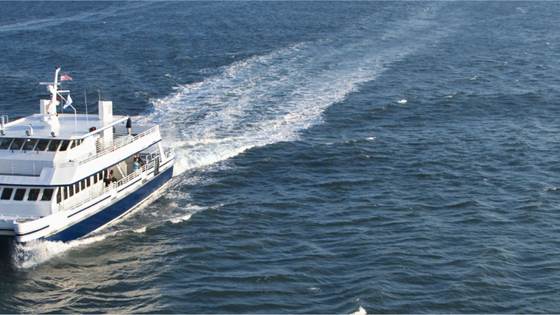
Ultra-high power density wireless charging for maritime applications
Pushing the power density limits for enabling new applications of inductive power transfer technology.

Pushing the power density limits for enabling new applications of inductive power transfer technology.
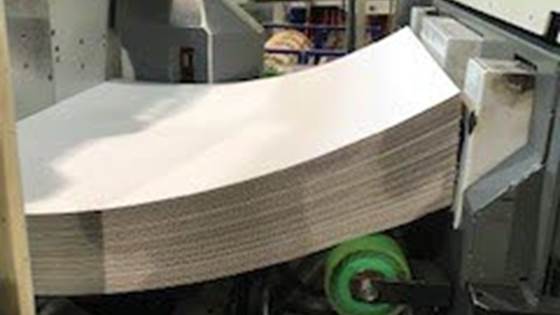
Warped cardboard is a major quality issue in the production of corrugated cardboard. It reduces the productivity in the converting units, causes reduced quality on the final product, and increases waste. In UnWarp we are using machine learning to...
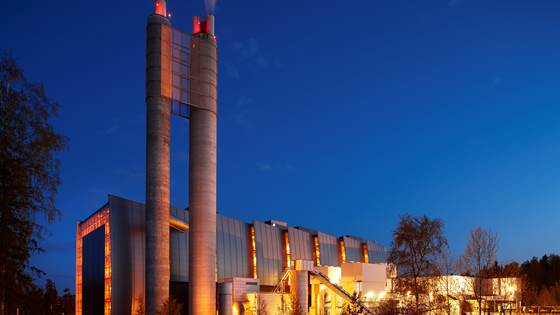
The goal of the ZEROC project is to deliver a road-map for the Norwegian and Swedish industry, with a 2045 perspective, to enable the transition to a zero-carbon future for the industry.
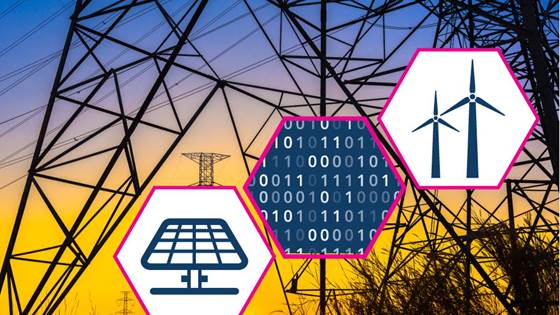
In a future sustainable power system there will be large shares of renewable generation, but also more changes in consumption and more cross-border transmission. Thus, the operation of the power system becomes more challenging, and calls for better...
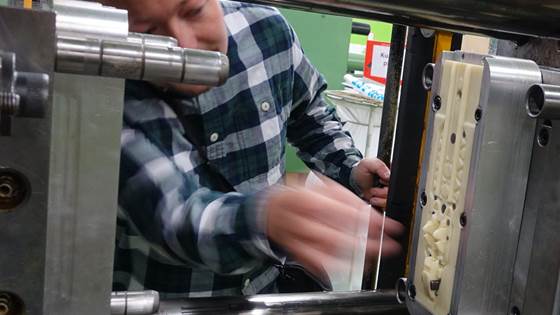
This project deals with technology for rapid and inexpensive injecion moulding of small product series. The main topic is additive manufacturing (AM) of mould inserts.

The overall goal of the evaluation was to evaluate the whole reorganization process of RRTW and investigate consequences at the system level, service levels, and patient levels.
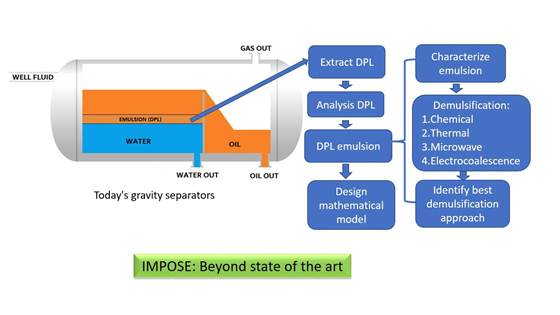
The aim of the IMPOSE project (Improved Separator Design through Dense Packed Layer Extraction and Treat), is to bring down the costs in petroleum- and other industries (including sludge water treatment, food industries and chemical industries) by...
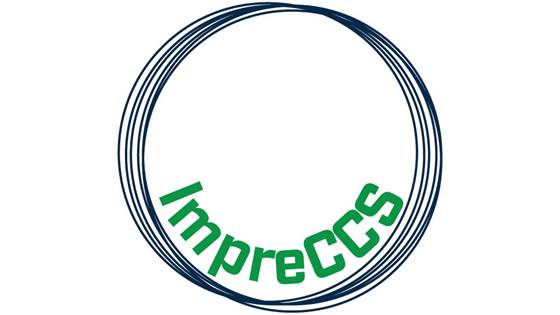
High costs and risks remain significant barriers to large-scale implementation of carbon capture, transport and storage (CCS).
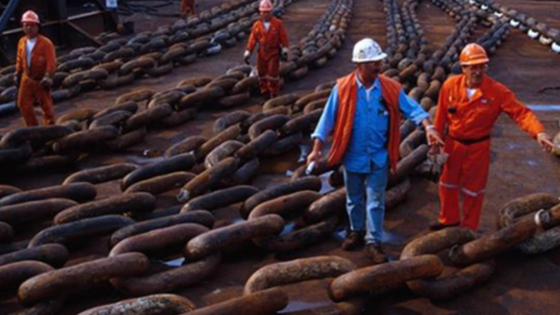
Improved lifetime estimation of mooring chains.
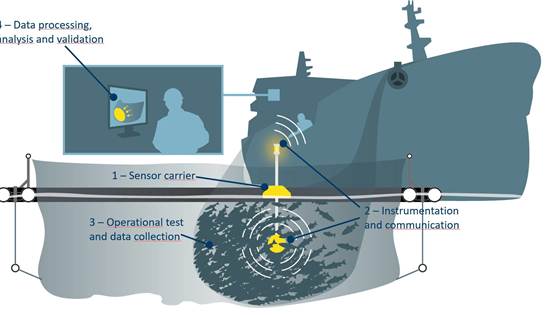
CROWDGUARD shall increase salmon farmers' control during crowding operations through development and validation of new and unique technology for data collection during crowding of salmon.
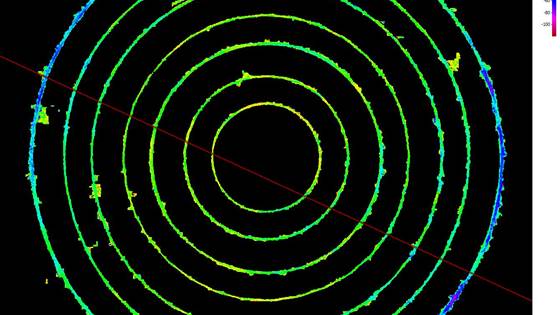
In the project DiaMApp we will solve fundamental questions about the mechanisms operating during diamond wire sawing of high performance multicrystalline silicon and how the surface can be treated to achieve black silicon for high efficiency solar...
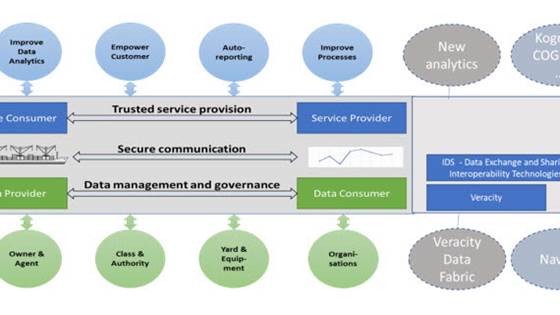
Maritime Data Space (MDS) project will develop an open maritime data exchange and sharing ecosystem with advanced and distributed data governance mechanisms.
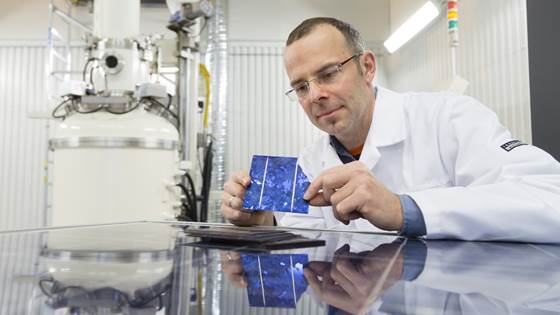
PVADAPT will provide greener cities through cheaper and simpler solar cell systems.
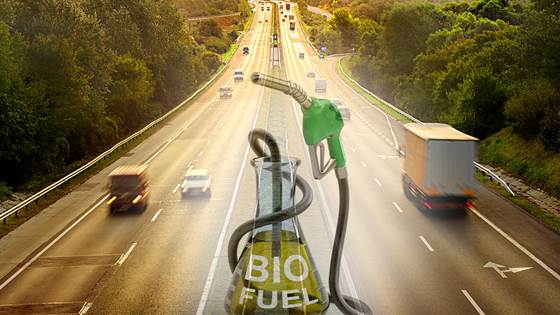
The objective of WASTE2ROAD is to develop a new generation of cost-effective biofuels from a range of low-cost biogenic residues and waste fractions (contaminated wood, black liquor from pulp and paper industry, and municipal solid organic waste incl...
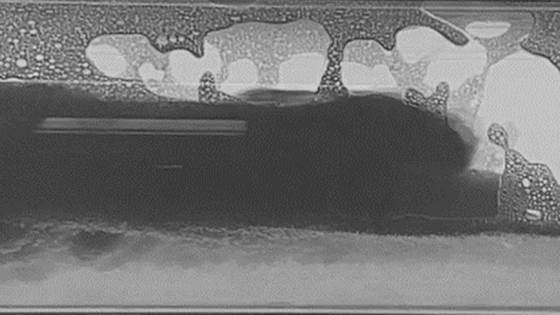
The project goal is to enable non-disruptive production conditions in relation to slug flow with realistic fluid chemistry through pragmatic model developments. The project will concentrate our research on gas entrainment and surface chemistry...
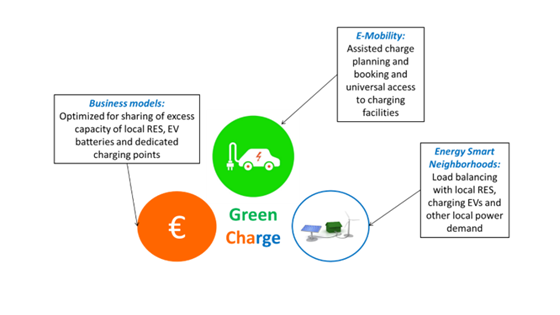
GreenCharge will empower cities and municipalities to make the transition to zero emission/sustainable mobility with innovative business models, technologies and guidelines for cost efficient and successful deployment and operation of charging...
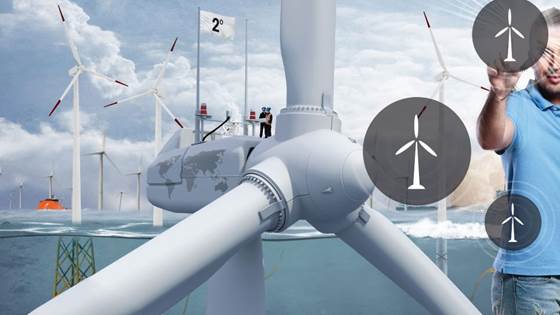
The ambition of the TotalControl project is to develop the next generation of wind power plant (WPP) control tools, improving both WPP control itself and the collaboration between wind turbine (WT) and WPP control.
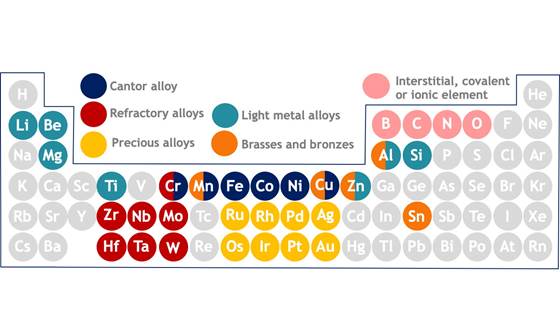
The goal of the HEATER project is to design high-entropy alloys for functional applications using a high-throughput approach based on theoretical, computational and experimental data.